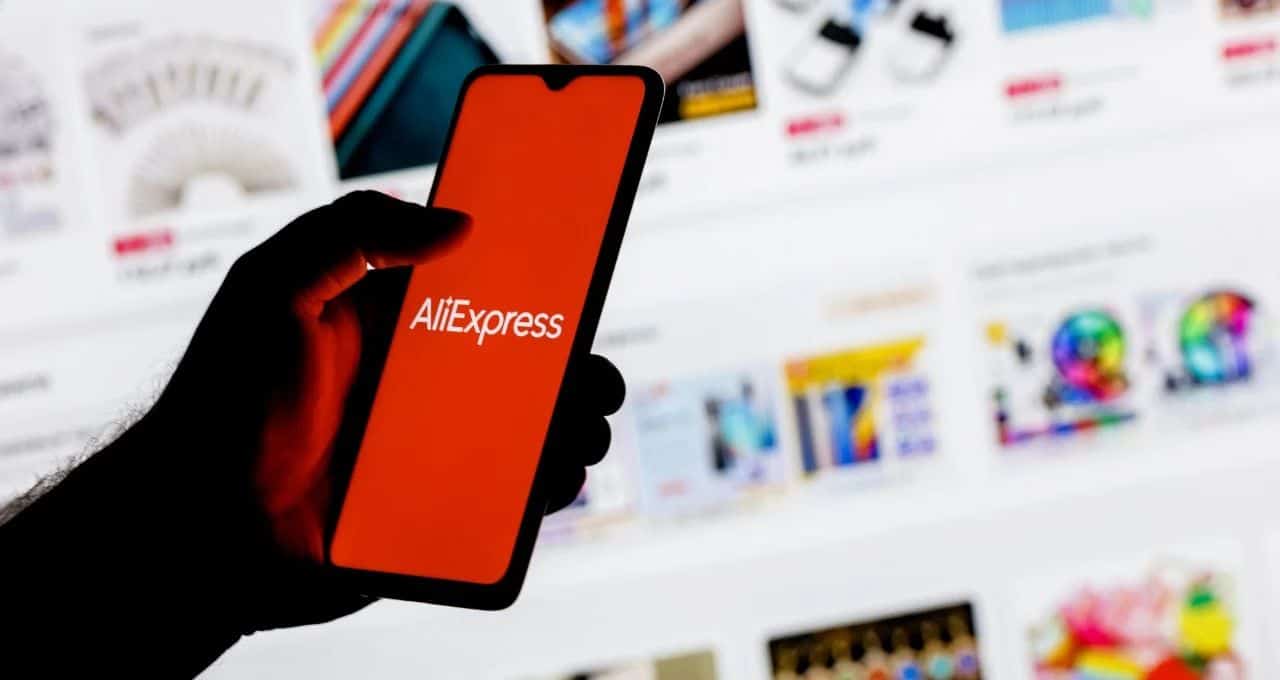How do I report fake products?

In today’s digital marketplace, the proliferation of fake products is a growing concern for consumers around the globe. With the rise of online shopping, many individuals find themselves asking, “How do I report fake products?” This article will explore the steps you can take to report counterfeit items, the types of platforms where you might encounter these products, and the importance of protecting yourself and others from fraudulent goods. Let’s delve deeper into this pressing issue.
Understanding Fake Products
Fake products refer to items that are counterfeited, imitated, or otherwise made to look like legitimate products but are of inferior quality or do not meet the standards of the genuine article. These can range from luxury goods, electronics, cosmetics, and pharmaceuticals to everyday items. The rise of e-commerce has exponentially increased the occurrence of counterfeit goods, making it vital for consumers to stay vigilant.
Identifying Fake Products
Before diving into how to report fake products, it’s essential to know how to identify them. Here are some key indicators:
- Poor Quality: Fake products often lack the quality of the original. This can be seen in inferior materials, shoddy construction, and packaging that does not match the brand’s standards.
- Unrealistic Pricing: If a deal seems too good to be true, it probably is. Counterfeit products are usually sold at significantly lower prices.
- Lack of Brand Information: Legitimate products come with detailed information about the brand and product specifications. If this information is missing or poorly presented, it’s a red flag.
- Negative Reviews: Always check customer reviews. If many people are reporting that a product is fake or of poor quality, it’s wise to take heed.
Where to Report Fake Products
1. Online Marketplaces
Many online platforms have specific procedures for reporting counterfeit goods. Here’s how to report them on some of the most popular marketplaces:
- Amazon: Use the Report a Violation tool if you spot counterfeit items.
- eBay: Report the fake product through their Vero Program.
- Etsy: Use their Vero Program to report intellectual property violations.
2. Social Media Platforms
Social media is another significant area where counterfeit products appear. Here’s how to report them:
- Facebook: Report fake shops or products via the Facebook Help Center.
- Instagram: Tap the three dots on the top-right corner of a problematic post and select Report.
- Twitter: Use the Report Tweet option to flag items that are fraudulent.
3. Manufacturer and Brand Websites
Often, manufacturers and reputable brands have their own protocols in place for reporting counterfeit products. You can check their official websites for contact information and procedures to report a fake product.
Steps to Report Fake Products
Now that you know where to report fake products, let’s take a closer look at the steps involved in the reporting process:
Step 1: Gather Evidence
Before making a report, ensure you have all the necessary evidence:
- Product Images: Take clear photographs of the product, including packaging, labels, and any distinguishing features.
- Purchase Receipt: Keep a copy of your purchase receipt or any transaction details to support your claim.
- Seller Information: Note down the seller’s name, address, and any contact information available.
Step 2: Visit the Reporting Platform
Go to the appropriate platform’s reporting site as mentioned above. Each platform will have a slightly different process, so ensure you read their guidelines thoroughly.
Step 3: Complete the Reporting Form
Fill out the necessary fields in the reporting form. Be as detailed as possible, including your evidence and any additional information that will help in the investigation.
Step 4: Follow Up
After submitting your report, it may take some time for the platform to investigate. If you don’t receive a response within a couple of weeks, consider following up to check on the progress.
The Legal Ramifications of Selling Fake Products
Counterfeiting is not just unethical; it is illegal. If someone is found selling fake products, they can face serious legal repercussions.
- Civil Litigation: Brands can sue counterfeiters for damages, which can lead to heavy penalties and compensation for losses incurred.
- Criminal Charges: In some jurisdictions, counterfeiters can face criminal charges, which may result in fines or imprisonment.
Protecting Yourself from Fake Products
Reporting fake products is crucial, but prevention is equally important. Here are some tips on how to protect yourself from counterfeit goods:
- Research: Always conduct thorough research about the seller and product before making a purchase.
- Buy from Reputable Sources: Stick to well-known retailers and brands that you trust to avoid counterfeit goods.
- Check Certifications: For items like cosmetics and electronics, check for necessary certifications and approvals from regulatory bodies.
Understanding Your Rights as a Consumer
As a consumer, you have rights that protect you against fraud. Depending on your jurisdiction, laws may support claims regarding counterfeit goods. Here are some common rights:
- Right to a Refund: If you purchase a counterfeit product, you are typically entitled to a refund.
- Right to Report: You have the right to report fraudulent activity and seek assistance from consumer protection agencies.
Encouraging Others to Report Fake Products
Protecting yourself from fake products is essential, but educating others is equally important. If you’ve encountered counterfeit products or scams, share your experiences with friends, family, and on social media platforms. Empower others to be vigilant about their purchases.
The Role of Consumer Protection Agencies
Consumer protection agencies play a vital role in combatting the sale of fake products. They monitor the marketplace, pursue complaints, and work towards ensuring that consumers are protected. If you ever feel overwhelmed by addressing counterfeit products on your own, don’t hesitate to reach out to your local consumer protection agency for guidance.
Final Thoughts
Reporting fake products is an essential step in maintaining a fair marketplace and protecting yourself and other consumers from potential harm. By understanding how to identify, report, and prevent counterfeit goods, you can contribute to a safer shopping environment for all. Remember, vigilance is key—stay informed and help combat counterfeit products in your community!

LINK:
“`html
In today’s market, identifying and reporting fake products is crucial for consumer safety and satisfaction. Taking the right steps can help you protect not only yourself but also other potential buyers. Be vigilant and knowledgeable about how to report these products effectively. By sharing your experiences with authorities and industries, you contribute to a safer shopping environment. Always trust reputable retailers and remain informed about the products that you purchase. Together, we can combat counterfeit goods and support genuine products.
FAQ
1. How can I identify a fake product?
To identify a fake product, look for discrepancies in branding, packaging, and price. Check for poor-quality materials, misspellings, and suspicious seller reviews. Research the product and compare it to official images or descriptions from the manufacturer’s website.
2. Who should I report fake products to?
You should report fake products to the manufacturer, the retailer where you purchased it, and relevant consumer protection agencies. In some regions, you may also report to the Federal Trade Commission (FTC) or local law enforcement.
3. What information do I need to report a fake product?
Gather the product name, description, price, and any relevant images. Also, include details about where and when you purchased it, along with the seller’s contact information. This information helps authorities investigate effectively.
4. Can I get a refund for a fake product?
Yes, many retailers offer refunds for counterfeit items. Contact the seller or manufacturer with proof of purchase and report the issue. If the seller refuses, you may escalate the matter with your payment provider or consumer protection agency.
5. What are the consequences for selling fake products?
Selling fake products can lead to legal action, including fines and imprisonment. Businesses may also face reputational damage and loss of consumer trust. Reporting counterfeit goods helps deter illegal practices and protects consumers.
Conclusion
Reporting fake products is an essential step in safeguarding your consumer rights and supporting authentic brands. By staying vigilant and utilizing the appropriate reporting channels, you can help ensure a safer marketplace for everyone. Remember to thoroughly investigate products and transactions, so you never fall victim to counterfeits. Your actions are vital in combatting fraud and promoting quality offerings.
“`



